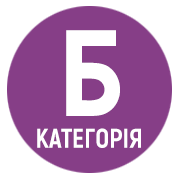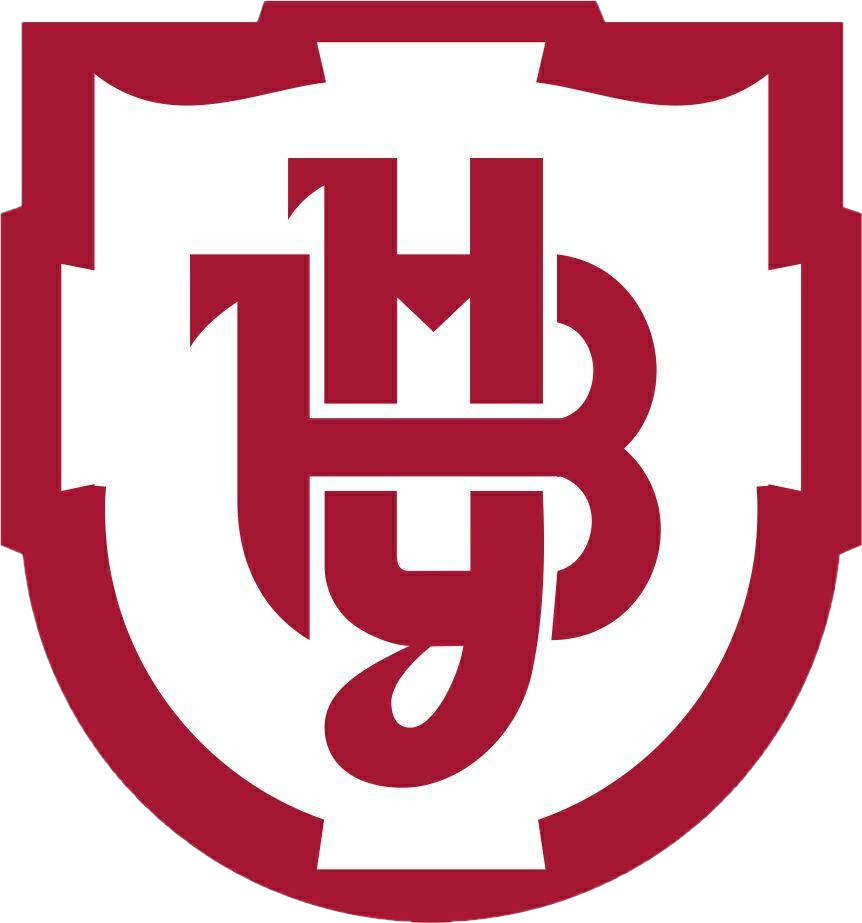WOMEN’S MYTHOLOGICAL IMAGES IN THE UKRAINIAN OPERA ART OF THE 18TH – EARLY 20TH CENTURY
DOI:
https://doi.org/10.32782/facs-2025-1-12Keywords:
opera, myths, ancient mythology, libretto, philosophy.Abstract
The article examines the phenomenon of Ukrainian mythology, the imitation of mythological images in the works of Ukrainian composers, and the peculiarities of their depiction. The image of a woman who personifies courage, tenderness, and nobility is under a special gaze. Examples of several operas (namely librettos) are given for comparison and analysis of the creative composer’s approach in writing music for operas. After all, opera, as a genre that combines music, theater, and literature, is ideally suited for the embodiment of complex and rich mythological stories. It was opera that became an important part of Ukrainian culture, allowing composers not only to reflect national characteristics, but also to create new, unique works that become part of the world’s musical heritage. The purpose of the article is to draw parallels between ancient culture and the construction of librettos of Ukrainian operas with a plot about mythological images (using the example of the description of the fate of a woman).Methodology: with the help of methods of analysis and comparison, it was possible to build the structure of writing this article. It should be noted that due to the lack of materials on this topic, this scientific research becomes even more interesting.Scientific novelty: as a result of the processed materials, it was possible to reveal a number of interesting facts about the writing of this kind of operas during the 18th-early centuries. 20th century I was struck by the fact that the composers had an unusual approach to depicting mythological female characters in the opera.Conclusions: Prominent Ukrainian composers such as Maksym Berezovskyi and Dmytro Bortnianskyi when writing their operas resorted to the description of mythological images in the person of a woman. This gave mystery to the writing of the libretto and filled the plot with strange and unusual images.
References
Буйських Ю. Жіночі образи української міфології. Колись русалки по землі ходили… / за ред. О.Г. Руда. Харків : Клуб сімейного дозвілля, 2018. С. 8–58.
Зінкевич О., Чекан Ю. Музична критика: теорія і методика : навчальний посібник. Чернівці, Книги – ХХІ, 2007.
Клариса П.Е. Та, що біжить з вовками. Жіночий архетип у міфах та оповідях. Видавничий дім SKYprint. 2016. 472 c.
Максиму Березовському присвячується. Колективна монографія / ред.-упор. О. Шуміліна. Львів : ПП «Видавництво «БОНА», 2023, ст. 6.
Музичне мистецтво Західної Європи кінця XVI – початку XIX століття: Тексти лекцій з курсу «Історія зарубіжної музики» для студентів психолого-педагогічного факультету музичних груп / упоряд. Дячук Н.І. Полтава : ПДПУ імені В.Г. Короленка, 2009, ст. 15
Паламарчук О.Р. Музичні вистави Львівських театрів (1776-2001). Львів : б/в, 2007.
Словник античної міфології / упоряд. Козовий І.Я., Пономарів О.Д. Тернопіль: Навчальна книга – Богдан, 2009, ст. 107.
Чекан Ю. Світ який насправді є… Оперний театр в інфраструктурі музичного мистецтва. Львів: Видавництво УКУ, 2024. 236 с.
Чекан Ю. Інтонаційний образ світу. Київ : Логос, 2009. 227 с.







